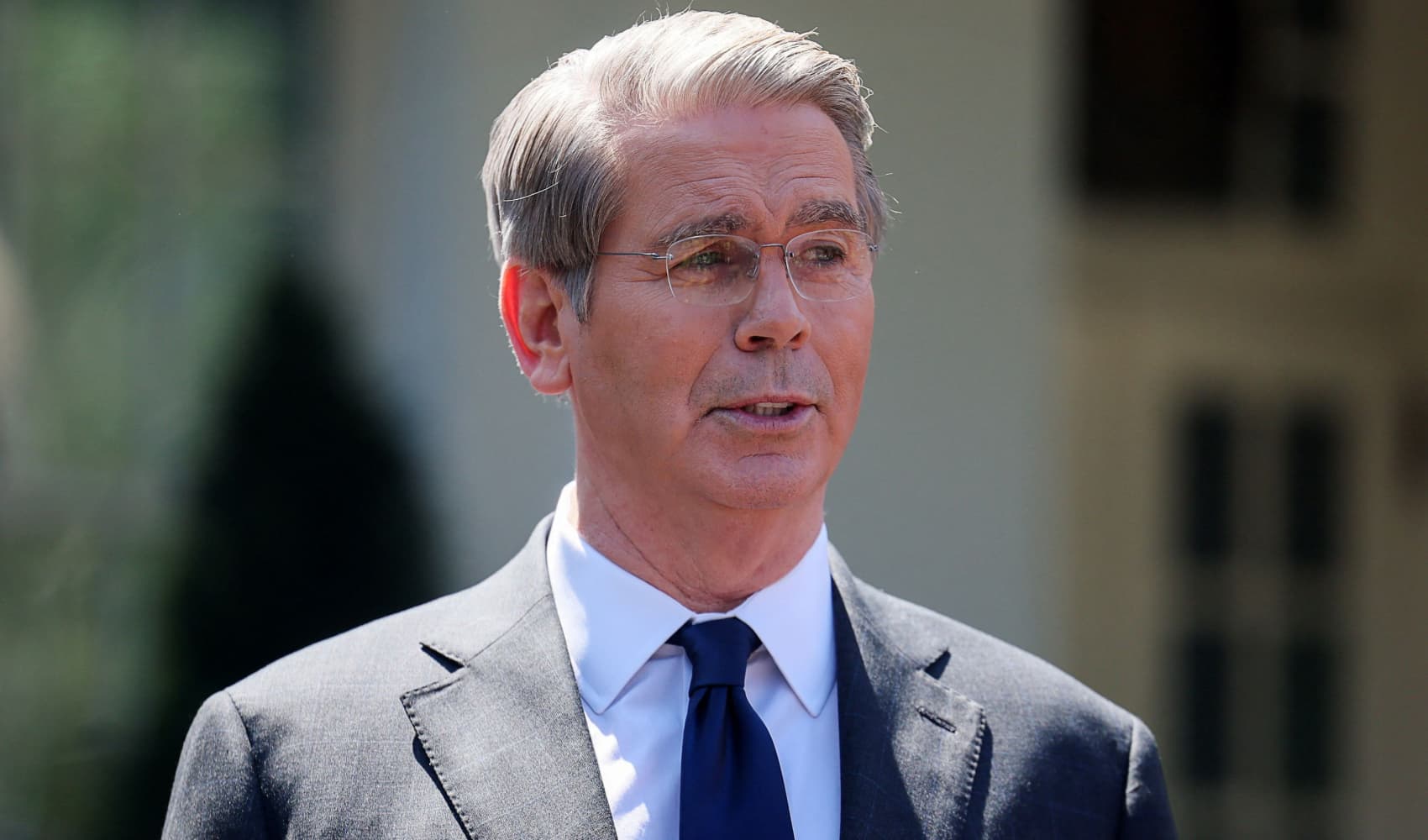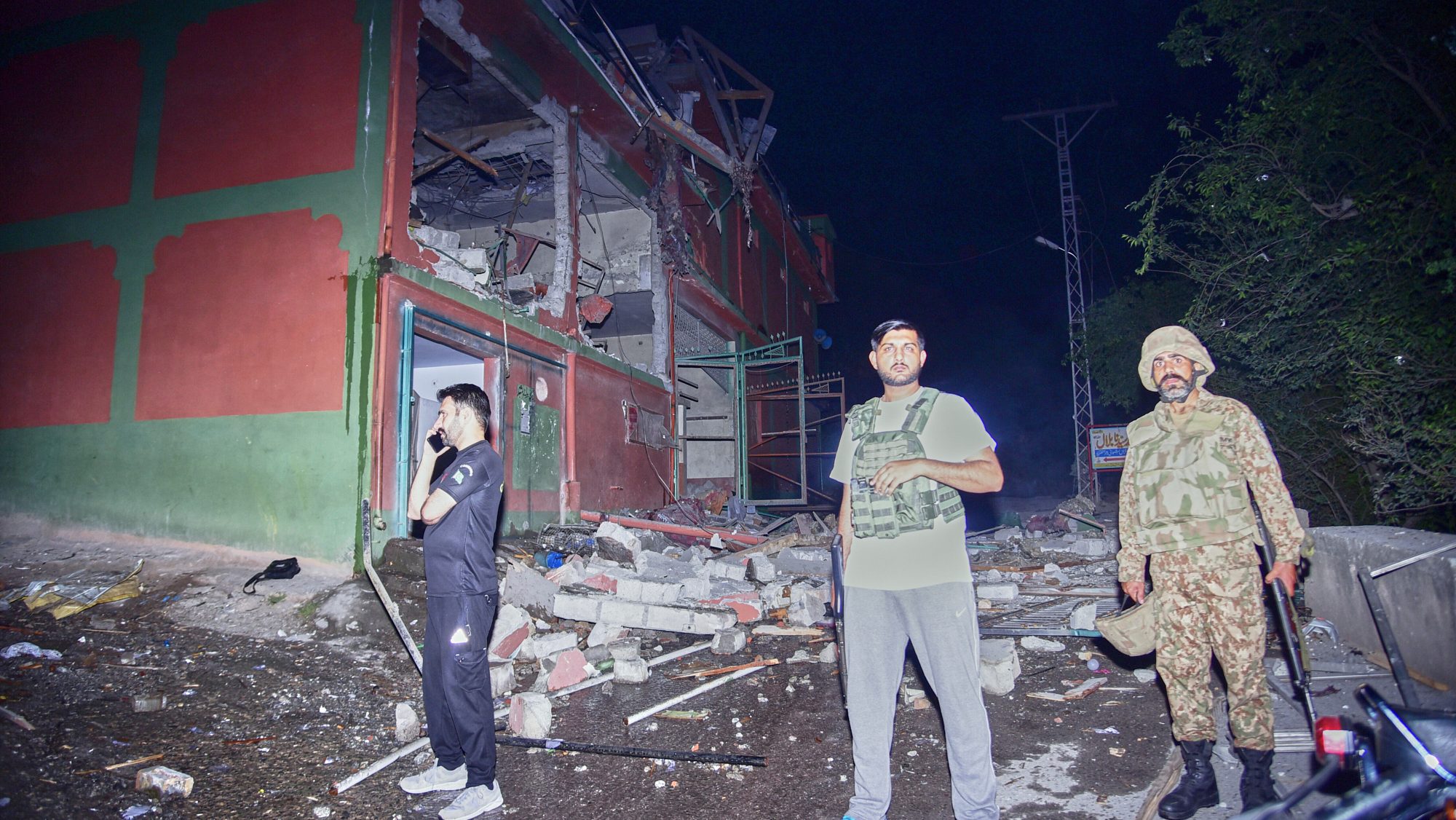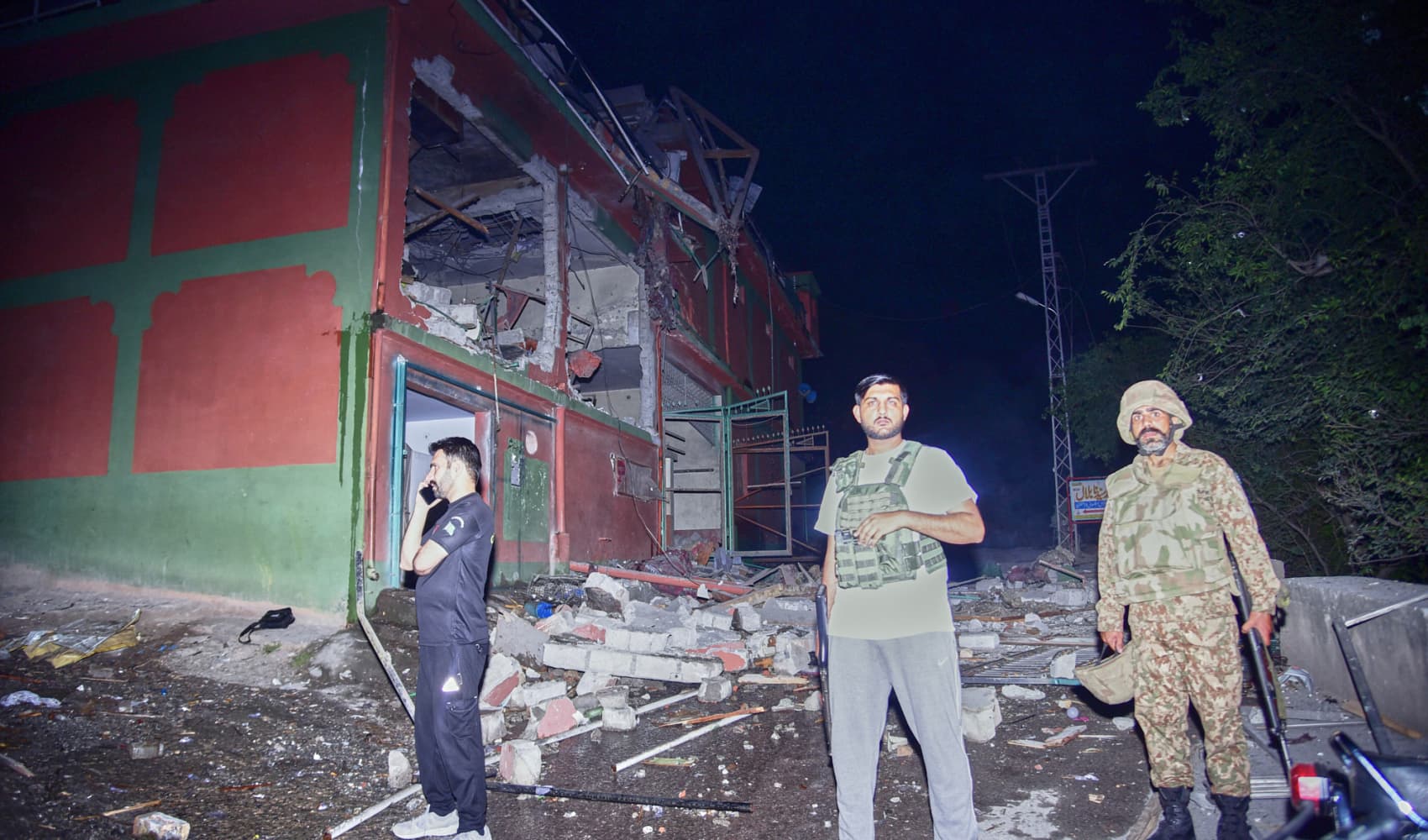Putin's Easter Ceasefire: Tactical Move or True Hope?
Easter Truce or Tactical Ploy? Putin's Ceasefire and the POW Swap
Introduction: A Glimmer of Hope Amidst the Conflict?
The war in Ukraine, a conflict that has raged for over three years, took an unexpected turn this Easter season. Russian President Vladimir Putin announced a temporary ceasefire, timed to coincide with the Orthodox Easter celebrations. But is this a genuine attempt to de-escalate tensions, or just another move in a complex geopolitical chess game? Alongside this announcement, news broke of a significant prisoner of war (POW) exchange between Russia and Ukraine, the largest since the full-scale invasion began. Can these events be interpreted as a turning point, or are they simply fleeting moments of respite in a long and brutal conflict?
Putin's Easter Ceasefire: A Humanitarian Gesture?
According to the Kremlin, the ceasefire was scheduled to begin at 6 p.m. Moscow time (1500 GMT) on Saturday and last until midnight (2100 GMT) following Easter Sunday. This relatively short window raised questions about the sincerity and potential impact of the truce. A ceasefire, even a temporary one, could provide some relief to civilians caught in the crossfire, but does it go far enough?
The Kremlin's Stance: A Conditional Truce
Putin, in a video shared by the Kremlin's Press Service, made it clear that the ceasefire was conditional. "We assume that the Ukrainian side will follow our example. At the same time, our troops must be ready to repel possible violations of the truce and provocations from the enemy, any of its aggressive actions," he stated. This caveat immediately casts a shadow over the announcement. Is it truly a ceasefire if it comes with so many stipulations?
Zelenskyy's Skepticism: "Playing with Human Lives"
Ukrainian President Volodymyr Zelenskyy responded with understandable skepticism. He dismissed the ceasefire as "another attempt by Putin to play with human lives," highlighting the stark contrast between the announced truce and the ongoing reality of the conflict. Zelenskyy pointed out that air raid alerts were still active across Ukraine, and reports of Shahed drone attacks continued to surface.
The Reality on the Ground: A Ceasefire in Name Only?
If air raid sirens are blaring and drones are still targeting Ukrainian cities, can we really call it a ceasefire? This raises a crucial question: Is Putin using the announcement to score propaganda points while continuing military operations under the guise of "repelling provocations?"
The POW Swap: A Sign of Progress or a Mere Transaction?
The simultaneous announcement of a major POW exchange offered a glimmer of hope. The exchange involved hundreds of captured soldiers from both sides, making it the largest such event since the war escalated. Exchanging POWs is a standard practice in armed conflicts, and it can be seen as a positive step towards de-escalation. But does it signal a genuine shift in the overall trajectory of the war?
The Human Cost of War: Bringing Soldiers Home
For the families of the soldiers involved, the POW swap represents a moment of immense relief. After months, or even years, of uncertainty and anguish, they can finally welcome their loved ones home. The exchange highlights the devastating human cost of the war and the profound impact it has on families on both sides.
Logistical Challenges: Negotiating and Executing the Exchange
Arranging and executing a POW swap of this magnitude is a complex logistical undertaking. It requires careful negotiation between the warring parties, verification of identities, and secure transportation of the prisoners. The fact that such an exchange could be successfully carried out speaks to the persistent channels of communication that remain open between Russia and Ukraine, despite the ongoing hostilities.
Analyzing Putin's Motives: What's Behind the Announcement?
Why announce a ceasefire, even a temporary one, and engage in a large-scale POW exchange at this particular moment? Several factors could be at play:
Propaganda and Public Relations: Painting a Benevolent Image
Putin may be attempting to improve Russia's international image by portraying himself as a peacemaker. Announcing a ceasefire, even if it's short-lived, can create the impression that Russia is open to negotiation and willing to alleviate the suffering of civilians. This can be particularly important in countering negative media coverage and maintaining support from certain segments of the international community.
Military Strategy: A Tactical Pause for Regrouping?
A ceasefire could also provide Russian forces with a temporary opportunity to regroup, resupply, and redeploy without the immediate threat of Ukrainian attacks. This could be particularly advantageous if Russia is planning a new offensive or needs to consolidate its gains in certain areas.
Domestic Considerations: Appeasing War-Weary Citizens?
The war in Ukraine has taken a toll on the Russian economy and society. Announcing a ceasefire, even a symbolic one, could help to appease war-weary citizens and deflect criticism of the government's handling of the conflict. It can create a perception of progress and offer a glimmer of hope for a peaceful resolution.
Ukraine's Perspective: A Call for Continued Vigilance
Zelenskyy's skepticism underscores the need for continued vigilance on the part of Ukraine and its allies. The war is far from over, and Ukraine cannot afford to lower its guard. The country needs continued military and financial assistance to defend itself against Russian aggression.
Strengthening Defenses: Preparing for Potential Escalation
Despite the ceasefire announcement, Ukraine must continue to strengthen its defenses and prepare for the possibility of renewed Russian attacks. This includes reinforcing frontline positions, acquiring advanced weaponry, and training Ukrainian soldiers.
Diplomatic Efforts: Seeking a Lasting Peace
While remaining vigilant, Ukraine should also continue to pursue diplomatic efforts to achieve a lasting peace. This requires engaging with international partners, participating in peace talks, and advocating for a resolution that respects Ukraine's sovereignty and territorial integrity.
The International Community's Role: A United Front Against Aggression
The international community has a crucial role to play in supporting Ukraine and holding Russia accountable for its actions. This includes:
Sanctions and Economic Pressure: Isolating Russia
Maintaining and strengthening sanctions against Russia is essential to exert economic pressure on the Kremlin and limit its ability to finance the war. The international community should also work to close loopholes and prevent Russia from circumventing sanctions.
Humanitarian Aid: Supporting Ukrainian Civilians
Providing humanitarian aid to Ukrainian civilians is crucial to alleviate the suffering caused by the war. This includes providing food, shelter, medical assistance, and psychological support to those in need.
Diplomatic Support: Upholding International Law
The international community should continue to condemn Russia's aggression and uphold international law. This includes supporting investigations into war crimes and holding those responsible accountable.
Conclusion: A Cautious Optimism, But No Illusions
Putin's Easter ceasefire and the POW swap offer a fragile glimpse of hope amidst the ongoing conflict in Ukraine. However, it's crucial to approach these developments with cautious optimism, recognizing that they may be driven by tactical considerations rather than a genuine desire for peace. The war is far from over, and Ukraine needs continued support from the international community to defend itself and achieve a lasting resolution.
Frequently Asked Questions (FAQs)
- Q: What is the significance of the Easter ceasefire announcement?
A: It is a brief pause in hostilities coinciding with Orthodox Easter, offered by Putin. Its significance is debated, seen by some as a possible PR move or tactical pause, while others remain skeptical, citing ongoing attacks. It highlights the ongoing tensions and the need for a more permanent solution.
- Q: How many POWs were exchanged in the recent swap?
A: The exact number is not explicitly stated in the provided text, but it is described as the largest exchange since the start of the full-scale invasion, involving hundreds of soldiers from both sides.
- Q: What is Zelenskyy's opinion of the ceasefire?
A: Zelenskyy views the ceasefire with skepticism, calling it "another attempt by Putin to play with human lives." He points to ongoing air raid alerts and drone attacks as evidence that the ceasefire is not being fully observed.
- Q: Why might Putin announce a ceasefire despite the ongoing conflict?
A: Putin might announce a ceasefire for several reasons, including propaganda, to improve Russia's image, gain a tactical advantage by allowing troops to regroup, or to appease domestic concerns about the war's impact on the Russian economy and society.
- Q: What role should the international community play in the conflict?
A: The international community should maintain sanctions against Russia, provide humanitarian aid to Ukraine, and continue diplomatic efforts to uphold international law and support a peaceful resolution to the conflict that respects Ukraine's sovereignty.





